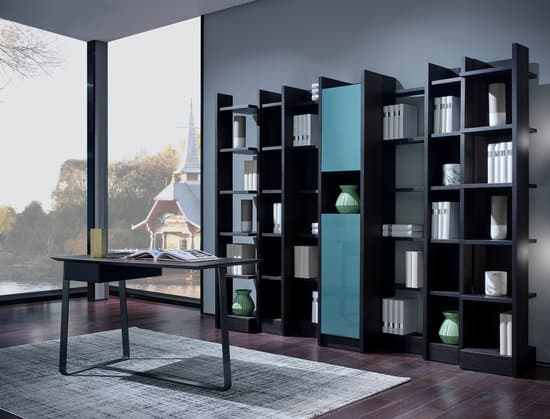Yes, the walls of a shipping container are structural. While the corners of a shipping container bear the majority of the weight during transportation, the walls also support a significant amount of weight and are essential for maintaining the container’s overall structural integrity. Here are some specific ways in which the walls of a container are structural:
They provide stability: The walls of a container help keep the corners rigid and prevent them from collapsing during transport.
They distribute weight: The weight of the cargo inside the container is distributed across the walls, which transfer the weight to the corners and to the floor.
They resist external forces: The walls of a container must be able to withstand external forces, such as wind or uneven terrain, that could potentially damage the container or cause it to tip over.
They prevent intrusion: The walls of a container are made of thick, durable steel that is difficult to penetrate, which helps protect the cargo inside from theft or damage.
In short, the walls of a shipping container are an essential component of its structure, helping to ensure that the container and its contents arrive at their destination safely and intact.



















